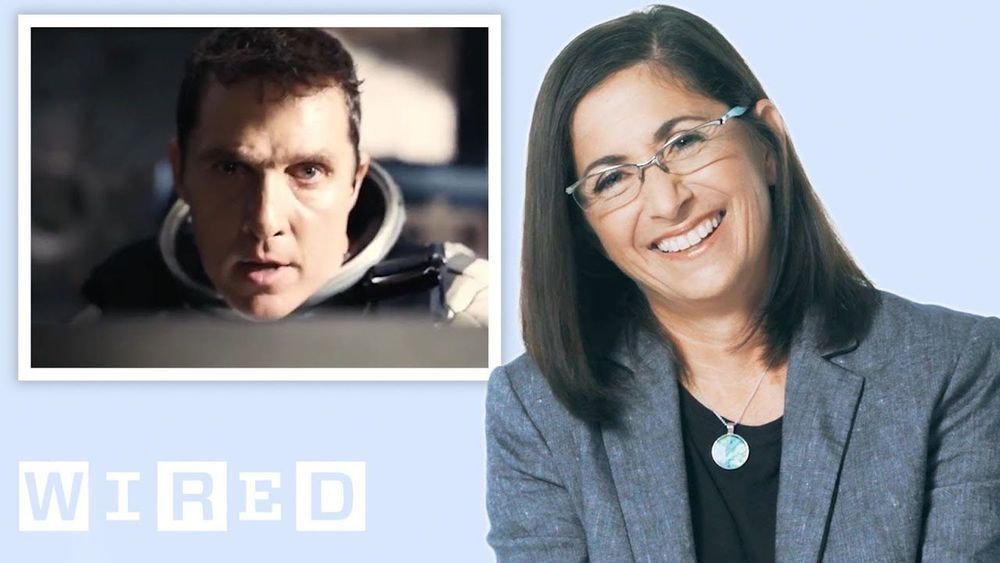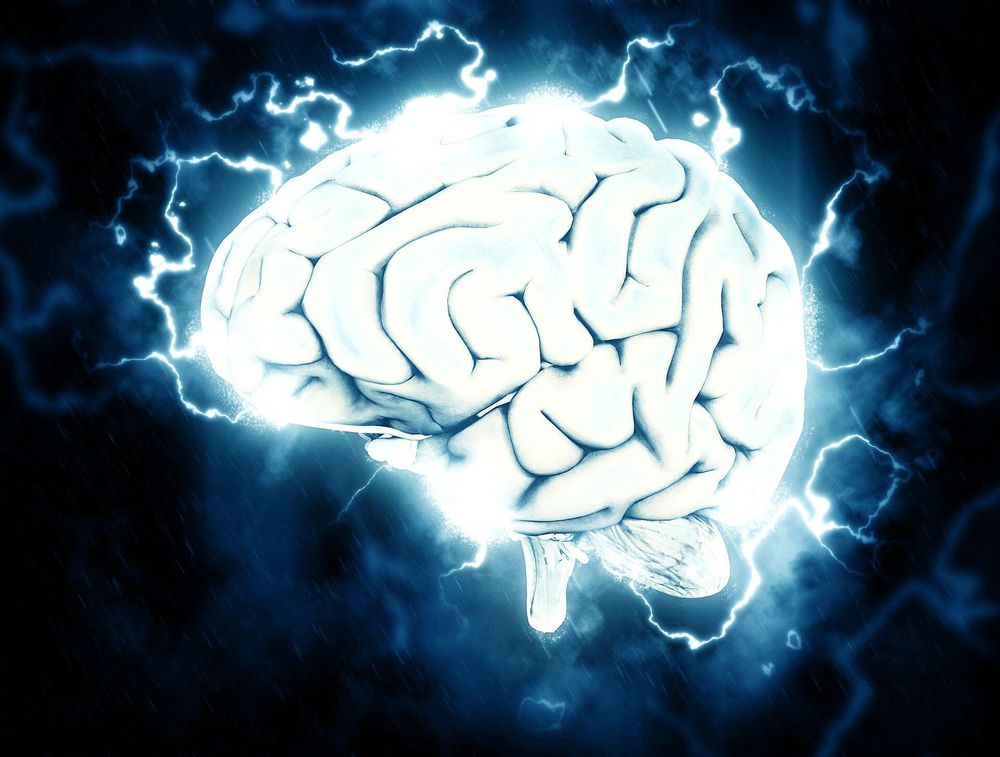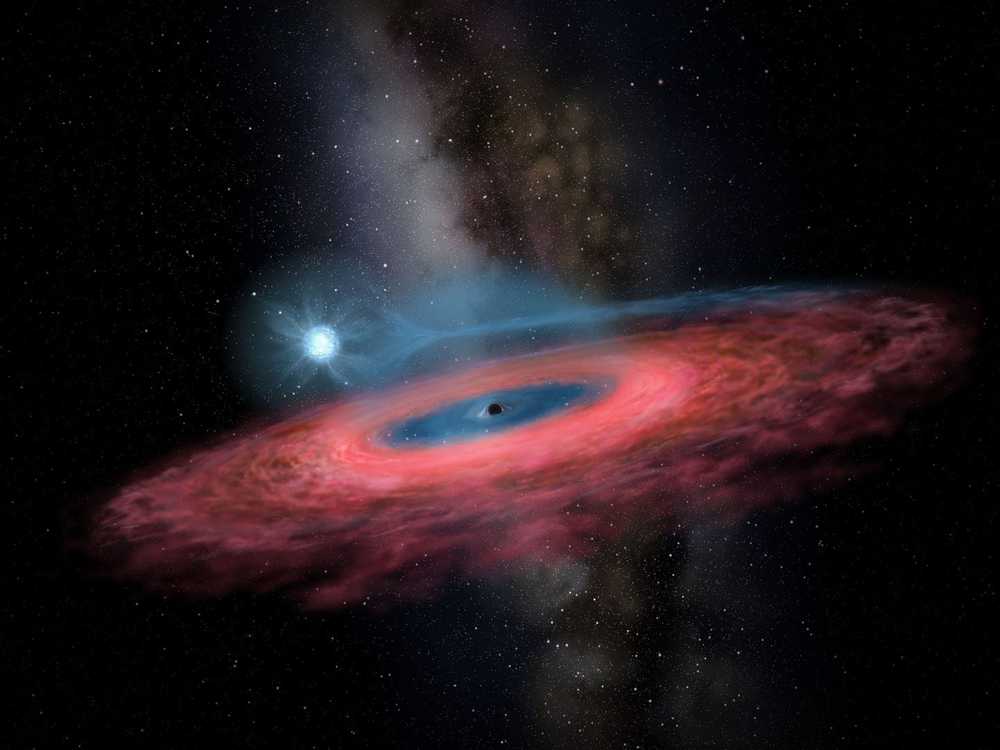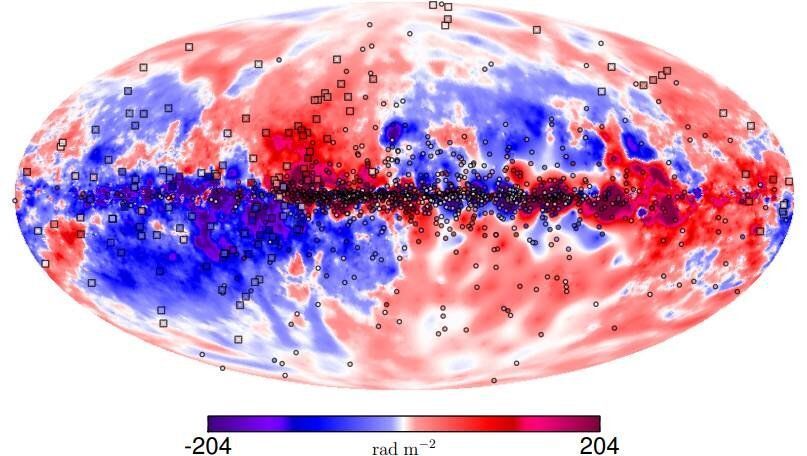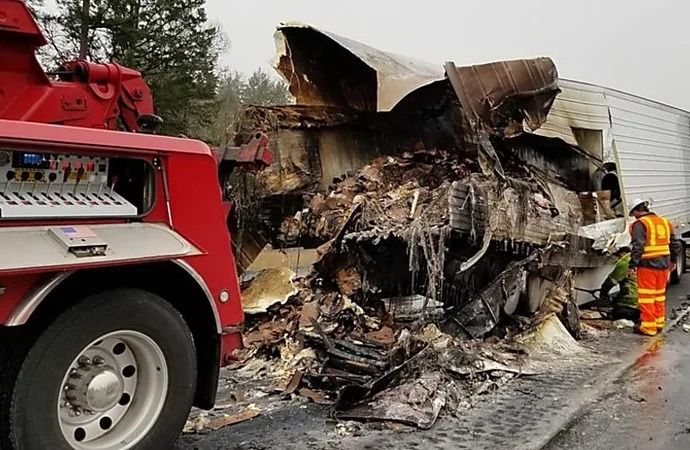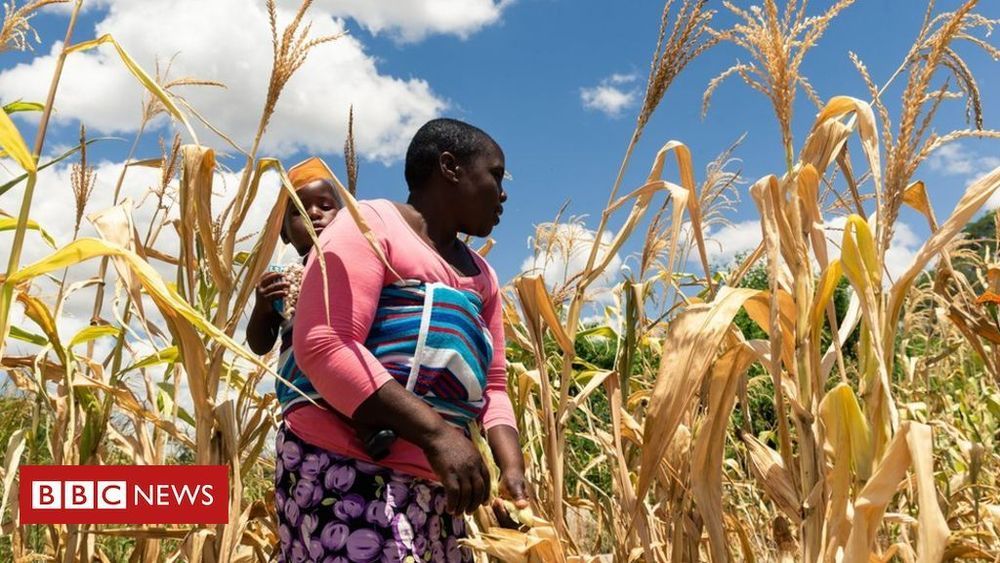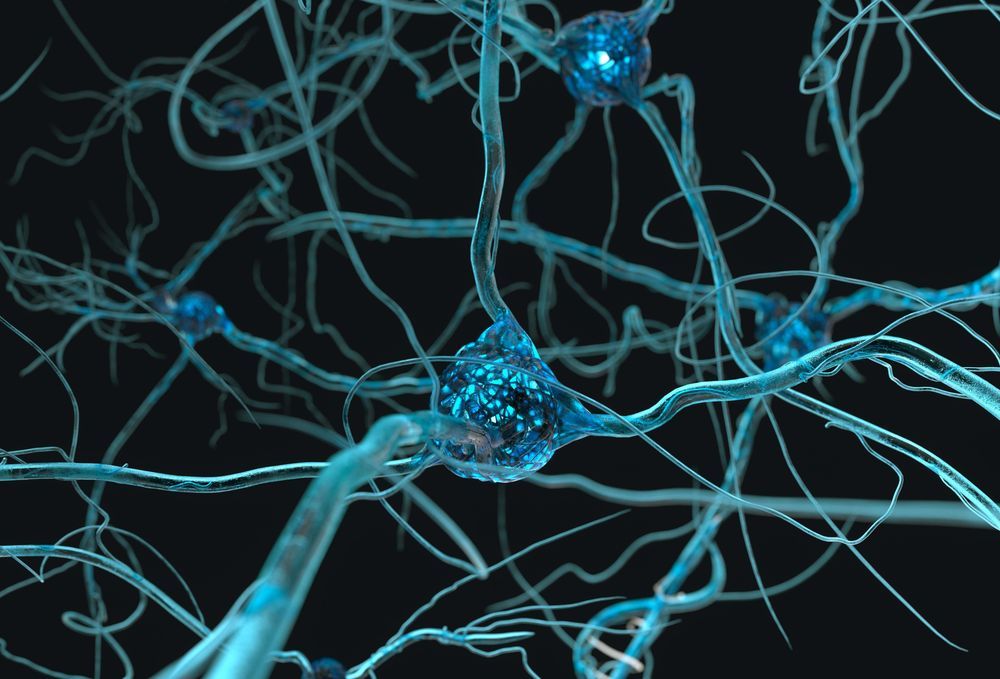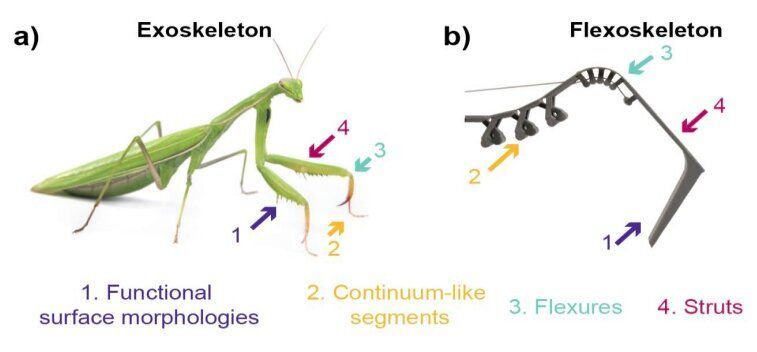NASA astronaut Nicole Stott examines scenes depicting space from movies and television and breaks down how accurate they really are. What actually happens when your helmet cracks in space like in Total Recall? Are the spacewalks in Gravity realistic? Could there really be AI on a space station like in 2001: A Space Odyssey?
Still haven’t subscribed to WIRED on YouTube? ►► http://wrd.cm/15fP7B7
Get more incredible stories on science and tech with our daily newsletter: https://wrd.cm/DailyYT
Also, check out the free WIRED channel on Roku, Apple TV, Amazon Fire TV, and Android TV. Here you can find your favorite WIRED shows and new episodes of our latest hit series Tradecraft.
ABOUT WIRED
WIRED is where tomorrow is realized. Through thought-provoking stories and videos, WIRED explores the future of business, innovation, and culture.
NASA astronaut breaks down space scenes from film & TV | WIRED
